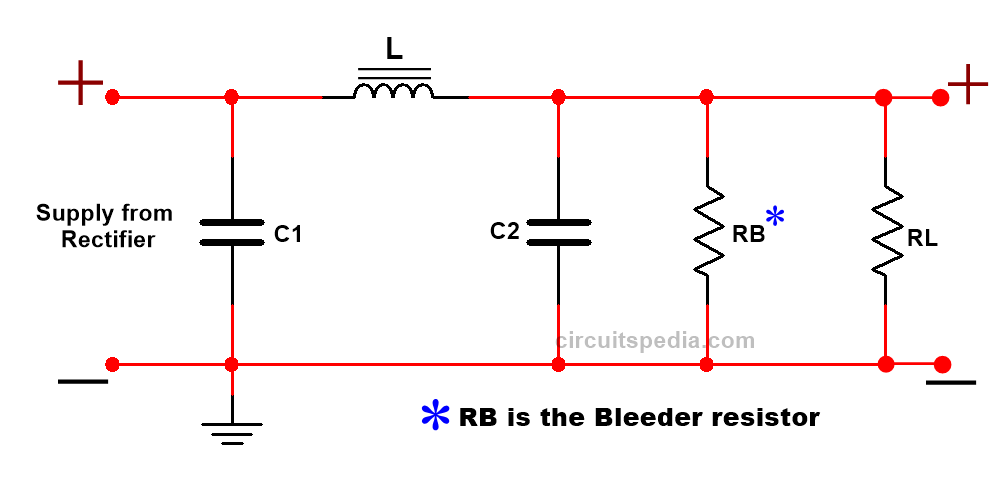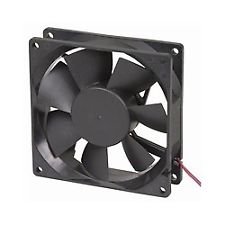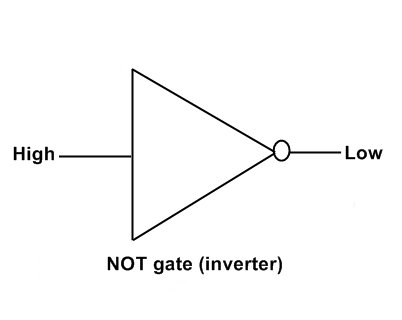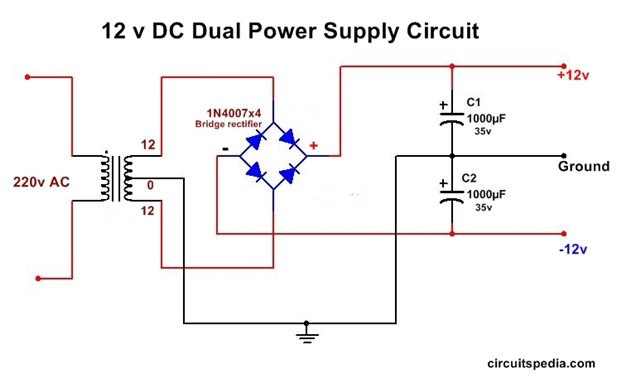A bleeder resistor, also known as a discharge resistor or a drain resistor, is a resistor that is connected across the terminals of a capacitor or other energy storage device. Its purpose is to discharge the stored electrical energy in the device when it is not in use or when power is disconnected.
To provide the flow of this minimum current at all times through the choke, a resistor called the bleeder resistor is placed across the filter output. By connecting a bleeder resistor across the terminals of the capacitor, the resistor forms a parallel path for the current to flow. This allows the charge to slowly leak away, discharging the capacitor. The resistance value of the bleeder resistor determines the rate at which the discharge occurs.
When power is removed from a circuit or a capacitor is disconnected from its charging source, the capacitor may still retain a charge. This stored electrical energy can be dangerous, especially in high-voltage applications. To dissipate this charge safely, a bleeder resistor is connected across the terminals of the capacitor.
Purpose of bleeder resistor
In a rectifier circuit, a bleeder resistor can serve several important purposes. Here are a few common applications of bleeder resistors in rectifier circuits.
- Discharge of Filter Capacitors: Rectifier circuits often use filter capacitors to smooth the output voltage. These capacitors store electrical energy, and when the power is switched off, they can retain a charge. A bleeder resistor is connected across the filter capacitors to discharge them gradually when the power is turned off or during maintenance. This ensures that the capacitors are safely discharged, preventing potential hazards.
- Voltage Regulation: In some rectifier circuits, especially those with a voltage regulator, a bleeder resistor is used in conjunction with a zener diode. The bleeder resistor is connected in series with the zener diode and placed across the output of the voltage regulator. This arrangement helps to maintain a minimum load current, which stabilizes the output voltage and improves the regulation of the circuit.
- Start-Up Behavior: In certain rectifier circuits, a bleeder resistor is employed to control the start-up behavior. When the power is initially applied, the bleeder resistor discharges any residual charge in the system, allowing the rectifier circuit to start up from a known state. This can help avoid any unexpected voltage levels or transients during the power-on sequence.
- Safety and Maintenance: If the bleeder resistor is not connected across the filter output, the capacitor will retain its charge for quite some time even when the power supply is switched off and this high voltage can be dangerous to the operational staff. Thus the hazard of electrical shock is reduced.









My 18V Li-ion battery charger used in a cordless drill set quit working after being left outside during a rainstorm. I noticed a short across a resistor had occurred (sooty discoloration) and plan to order a replacement resistor. I used a multimeter to measure it’s resistance and got 5.1 MOhm. The color code on the resistor supports this measured value. Would you consider this to be a bleeder resistor due to it’s high resistance value or is this an incorrect inference? If so, how important is the resistance value of this bleeder and how would substituting a smaller resistor affect the chargers operation in charge mode, if any. I will note that this resistors value is quite a bit greater than any other component in the chargers circuit, by a large margin.
The value of bleeder resistor is high but not in Mega-ohm, generally It should be in under the 1 Mega ohm (between 100K to 500K) But depending on the circuit it may be larger than this.